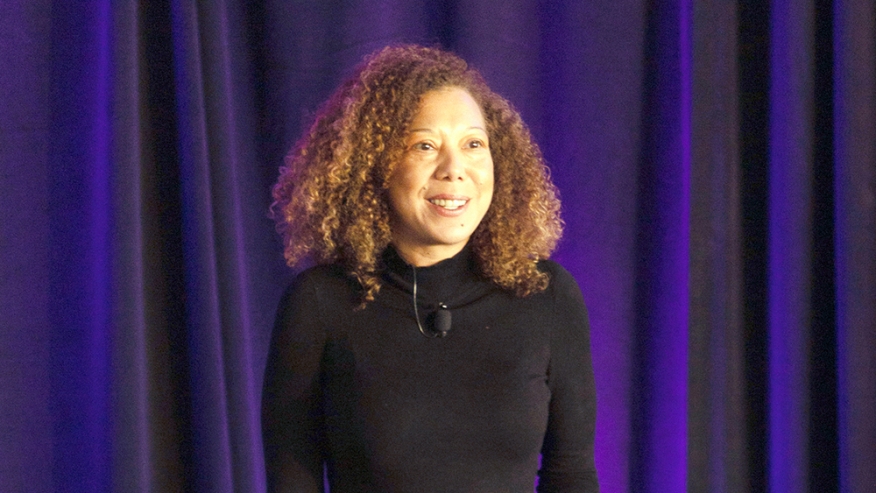Subprime Woes
These weren’t low-income borrowers either. These predatory loans stripped the wealth of high-income Black and Hispanic Americans. In 2006, at the height of the boom, Black and Hispanic families making more than $200,000 a year were more likely on average to be given a subprime loan than a white family making less than $30,000 a year, according to researcher Jacob Faber when he presented at the annual meeting of the American Sociological Association.
“It’s that posturing that still exists in financial services,” Lazu said. “I think what’s very important for lenders to realize is that the way they look at these communities is one of extraction.”
Social Psychologist Roderick M. Kramer, who has authored articles in Harvard Business Review, said we’re far more likely to trust people who are similar to us in some dimension. His hypothesis is backed by other researchers, such as Lisa DeBruine, who conducted a test in which she created an image of another person that could be morphed to look more and more (or less and less) like a study participant’s face. The greater the similarity, DeBruine found, the more the participant trusted the person in the image.
Although it’s very possible and highly encouraged for white loan officers to work with people outside their own community, the data shows that the results are much better for minority loan officers.
Understanding and being able to build relationships with people of a different skin color or culture is not just a nice thing to do — it’s essential for a successful career.
Understand The Differences
Most people in the mortgage industry are loan officers and brokers, or in other words, salespeople. Social skills are mandatory in this field, and one of the valuable skills to have is connecting with people regardless of their skin color or background.
“D&I makes good business sense because it allows you to be able to ensure you are accessing and connecting with all parts and all segments of the market, thus resulting in a larger market share. You’ll get more market share and more profitability because you’re reaching untapped markets than your competitors are,” Tony Thompson, founder and CEO of National Association of Minority Mortgage Bankers of America (NAMMBA), said.
At first some might think, ‘I’ll just treat my clients and coworkers like they’re white people,’ but that could be a mistake. It’s not about treating all groups the same. It’s about recognizing differences and understanding people’s cultures — that is how to hone in on marketing to each group.
Consider this quote from Tom Burrell, one of the Black pioneers in Chicago advertising in 1961. “I had to convince clients to understand that Black people are not dark-skinned white people,” Burrell said. “Sometimes when you start talking to people about race and differences, implied in that is some kind of subordination, so I had to convince them that you can be different and equal, and that there are cultural differences that should be part of advertising aimed at a black cultural group, such as music.”
Brian “Woody” White, senior vice president and chief diversity & inclusion officer at Homebridge Financial Services Inc., has been a mortgage executive for the past 30 years, and was oftentimes the only Black executive in the company. He has tried to teach his colleagues why it’s important to recognize the differences between various demographic groups, and how it can help them become better salespeople.
Learning About Different Cultures
I remember sitting in front of a local bank and their goal was to educate the community on their products and how to save money,”’ White said. “We’re in this community, and the bank is saying ‘You can put your money in a CD’ (certificate of deposit). They talked about these things, but didn’t understand the community. These are people who need their money to be liquid, they need access to it. You wouldn’t be telling them to put their money in a three-year CD. It doesn’t make any sense. So people walked away saying, ‘This didn’t help me at all.’
“That’s all a result of no diversity in planning the products,” White continued. “Nobody in the meeting understood the community and people walked out dissatisfied.”
Building More Inclusivity
What’s the best way to learn about different cultures? Start with the people working in your own office. It’s possible there may not be many ethnic minorities, women, or LGBTQ+ colleagues, but if there are, befriend them, ask questions, and honestly try to get to know them. This is why inclusivity matters. If you need to go out of your way to meet people from different cultural backgrounds, then you’re living and working in a bubble and that’s dangerous for someone in the mortgage industry.








